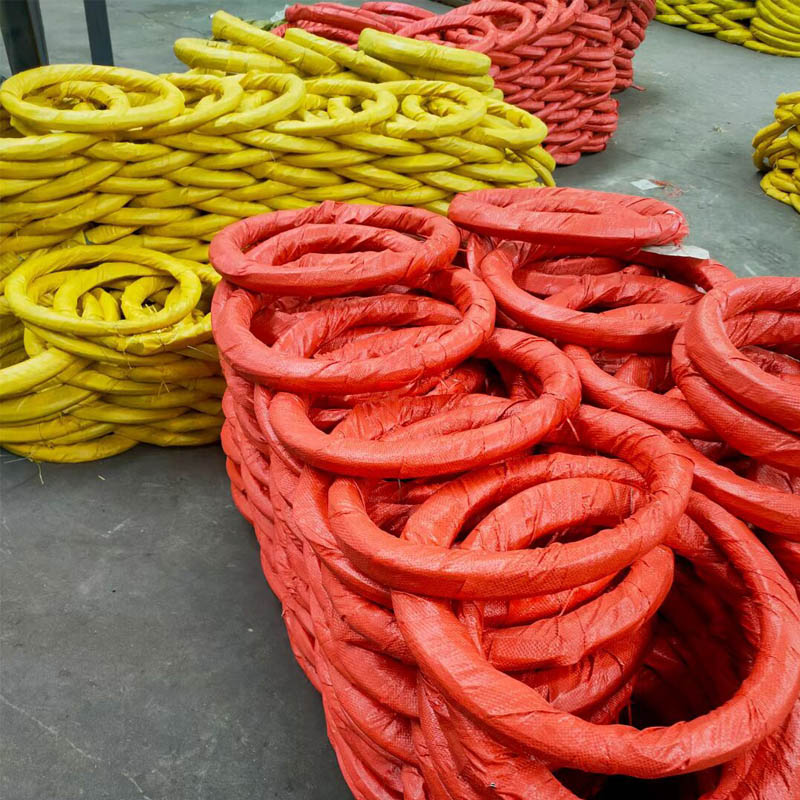
- Mobile Phone
- +8613931874955
- sales@cntcmetal.com
Exploring the Applications of Hybrid Rib Mesh Structures in Modern Engineering Design
Understanding Hy Rib Mesh A Versatile Construction Material
In the world of construction and civil engineering, the materials used can significantly impact the durability, sturdiness, and overall quality of any erected structure. One such innovative material that has gained popularity in recent years is the hy rib mesh, often referred to in the industry for its unique properties and advantages.
Hy rib mesh is a type of expanded metal mesh that combines the benefits of both steel reinforcement and formwork, providing an efficient solution for a variety of construction applications. The mesh consists of a series of ribbed rods or sheets that are typically made from high-quality steel, which are then expanded to create a lightweight yet robust framework. This makes hy rib mesh an ideal choice for concrete applications, where strength and stability are paramount.
One of the major advantages of hy rib mesh is its ability to enhance the structural integrity of concrete. When embedded into concrete slabs, beams, or walls, the ribbed pattern of the mesh increases the overall load-bearing capacity while reducing the risk of cracks or structural failure. This is particularly important in areas prone to seismic activity or where heavy loads are expected. As a result, structures built with hy rib mesh tend to have improved longevity and require less maintenance over time.
hy rib mesh

Additionally, hy rib mesh plays a critical role in optimizing construction efficiency. Its lightweight nature allows for easier handling and installation, which can contribute to faster project completion times. Construction teams can quickly lay out and position the mesh before pouring concrete, reducing not only labor costs but also the time required for each phase of the construction process. Moreover, the precise engineering of hy rib mesh reduces material wastage, making it a more eco-friendly option compared to traditional reinforcement methods.
Another noteworthy aspect of hy rib mesh is its versatility. While it is most commonly used in flooring systems, the mesh can also be applied in roof decks, precast panels, and a variety of architectural designs. By incorporating hy rib mesh in these various contexts, architects and engineers can achieve the desired aesthetic while ensuring the structural performance of their designs.
Furthermore, the use of hy rib mesh provides better bonding between the concrete and the steel, which is crucial for overall stability. This increased bond strength enables the concrete to resist shear forces more effectively, thus enhancing the structure's resilience. This characteristic is especially beneficial in complex architectural designs where stress and load distribution can vary significantly.
In conclusion, hy rib mesh is an innovative solution that meets the growing demands for sustainable and efficient construction practices. Its inherent properties provide not only structural benefits but also environmental advantages due to reduced material usage and faster construction timelines. As the construction industry continues to evolve, the adoption of advanced materials like hy rib mesh will play an essential role in shaping the future of building designs and infrastructure development. By integrating this versatile material into projects, engineers and architects can enhance the durability and aesthetic value of their creations while promoting sustainable construction practices. The continued exploration and utilization of hy rib mesh could lead to even greater advancements in our ability to create safe, reliable, and beautiful structures that stand the test of time.
share:
-
Wall Ties for Concrete: Invisible Guardians of Building Structural StabilityNewsAug.08,2025
-
Timber Frame Wall Ties: Stable Bonds for Load TransmissionNewsAug.08,2025
-
Stainless Steel Woven Wire Mesh: A versatile material from boundary protection to functional supportNewsAug.08,2025
-
Powder Coat Coil Springs: Creating peace of mind and reliability with sturdy protectionNewsAug.08,2025
-
Floor Standing Sign Holder: A Powerful Assistant for Flexible DisplayNewsAug.08,2025
-
Binding Iron Wire: An Invisible Bond for Building StabilityNewsAug.08,2025
-
Yard Sign Stakes: Reliable Guardians of Outdoor SignsNewsAug.04,2025



















